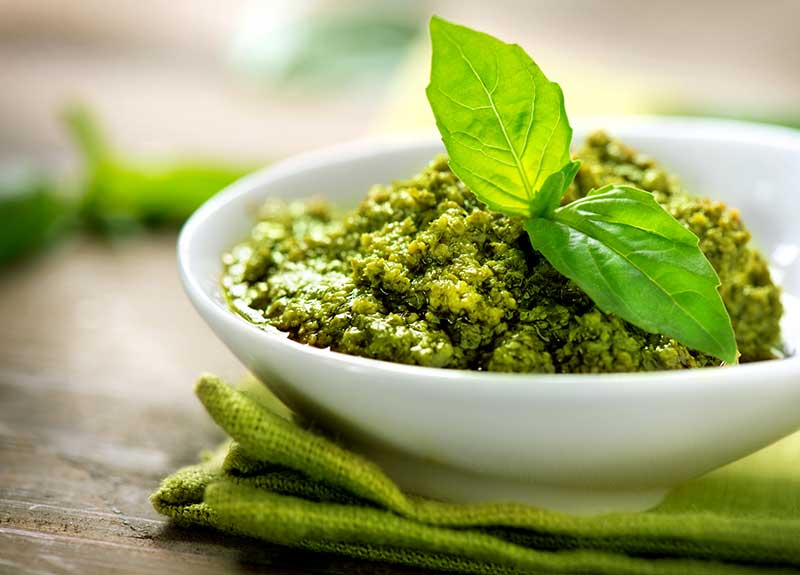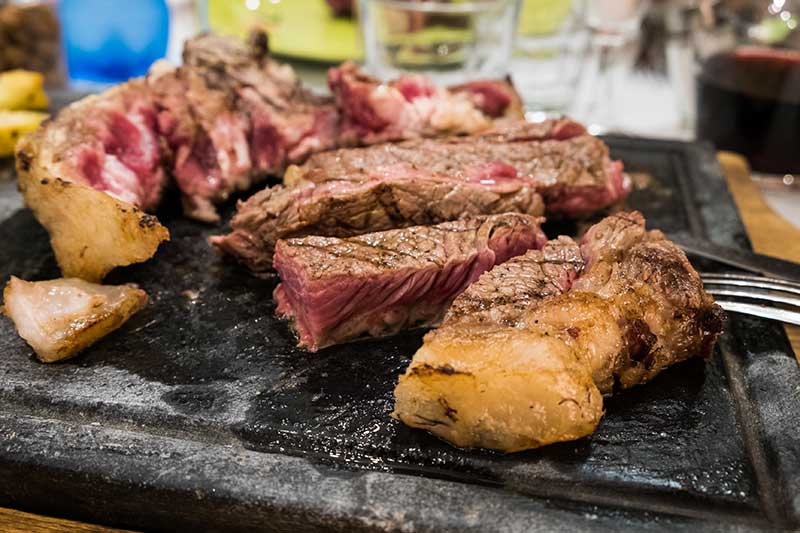Bottarga is nothing more than the dried and naturally processed eggs of tuna fish and mullet. It is an exceptionally delicious product, rich in proteins, typical of Sardinia, Sicily and of the southern area of Maremma, near Orbetello. As it often happens with Italian delicacies, its origins lie deep in ancient history. Even though the name itself, “bottarga,” comes from the Arabic “batarikh” (used to indicate salted fish eggs), it was probably the Phoenicians who made it known in the Mediterranean.

Sicily produces red tuna bottarga and yellow fin tuna bottarga. Favignana red tuna is the most exquisite, flavorsome variety and can weight over 100 kg. Thanks to its deliciousness, it is included in the list of Sicily’s traditional food and agriculture products.

However yellow fin tuna, of lower quality and weight, is used much more.

Sardinia is specialized in the production of mullet bottarga, the most famous variety coming from the Stagno Cabras area, a place known for its biodiversity.
The eggs are washed, salted and stirred every day, then pressed and let mature.
Bottarga can be grated on spaghetti, just as one does with parmigiano, or thinly sliced and served on crostini, with a drop of olive oil.































